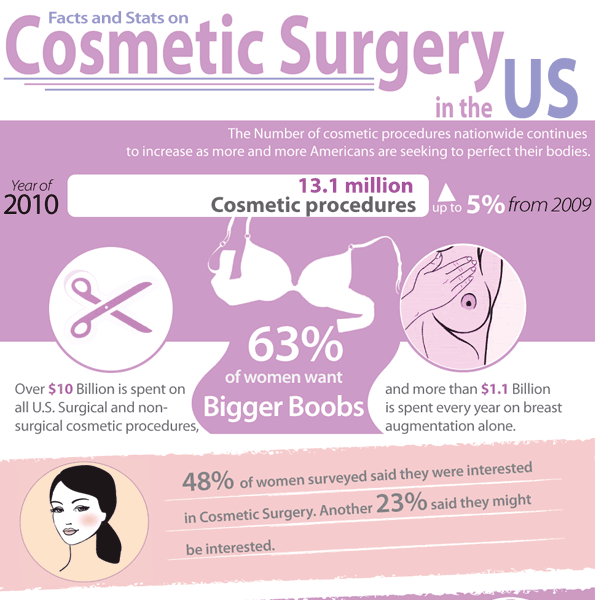Do Hydrafacials Help Acne
Do Hydrafacials Help Acne
Blog Article
Root causes of Acne on Cheeks
Acne outbreaks in the cheek area are triggered by lots of things, from touching your face often to not changing your pillow case usually sufficient. Picking at blemishes increases your danger of infection and scarring, and specific drugs can aggravate dark areas (postinflammatory hyperpigmentation).
The good news is, there are numerous methods to prevent and treat cheek acne. These include:
1. Hormone Changes
Acne is greatly triggered by hormonal agents, especially those created during adolescence and pregnancy. For some, a family history of acne might additionally add to their condition. Anything that blocks pores, such as oil-based skin treatment products or waxy hair items, can trigger acne. Different topical therapies, like benzoyl peroxide and salicylic acid, can deal with microorganisms and unblock pores. Those with extreme or chronic acne should look for treatment from their doctor.
Stay clear of touching or squeezing your acne, as this can press some of the bacteria deeper into the skin, causing a much more extreme breakout. It is likewise essential to transform pillowcases consistently and use clean makeup brushes. You ought to likewise attempt to stay clear of irritants such as rubbing from putting on a helmet or tight collar.
2. Diet plan
The oily, sweet foods that many people think trigger acne may really refrain from doing so. Actually, researches have actually shown that eating a diet plan rich in whole, nutrient-dense foods assists to stop outbreaks.
Foods high in the glycemic index (such as white bread, corn flakes, blew rice and potatoes, doughnuts and various other breads) raise blood sugar levels swiftly, and this can boost hormonal agents that enhance oil manufacturing and bring about acne.
Drinking cow's milk has likewise been linked to boosted acne outbreaks. If you are a normal cow's milk drinker, you may wish to attempt changing to low-fat or nondairy choices that are strengthened with calcium. On top of that, consuming alcohol even more water can aid to lower acne because it helps to keep the skin hydrated.
3. Excess Oil
While oil is vital microneedling near me for healthy and balanced skin, it can end up being an issue when way too much sebum blends with dead skin cells and obstructs pores. This mix can develop blackheads, whiteheads and pimples. The clogged pore wall can break down and spill bacteria, dead skin cells and sebum into surrounding skin. This leads to a red bump called a pimple. Occasionally these red bumps have pus in the center from a bacterial infection. Bigger contaminated bumps that resemble acne are called cysts.
There are several things that can cause excess sebum and blocked pores, including hormone changes, diet regimen and everyday routines. Some examples include touching the face often, resting your hand on your cheek, utilizing dirty makeup brushes and not changing pillowcases on a regular basis.
4. Stress
If you're managing pain pimples or a multitude of blackheads and whiteheads, it might be time to talk with a skin specialist. They can suggest an efficient therapy that fits your skin type. Practicing relaxation and stress-reduction methods likewise assists.
Acne can take place in the cheeks because of friction and stress, such as when a person touches their face frequently or puts on a hat or sporting activities helmet that rubs against the skin. It can also show up where greasy cosmetics and lotions rub versus the skin.
Prevent squeezing acne, as this can press contaminated material deeper into the skin and bring about scarring. Instead, see a doctor to learn about preventative therapies like medication, skin care items and way of life adjustments. Eating a healthy and balanced diet plan of whole foods, obtaining seven to 9 hours of rest and utilizing noncomedogenic makeup and skincare items can all help in reducing acne breakouts.
5. Hair Products
Hair items are not usually thought of as a cause of outbreaks, however they can add to acne on the cheeks in some people. Pomade acne, which is identified by tiny closed comedones and papulopustules, is generally triggered by the use of oily hair items that contain comedogenic components such as particular oils and acetylated lanolin.
Selecting hair items that don't contain these possibly comedogenic ingredients is a vital step towards reducing outbreaks. Likewise, ensuring that hair items aren't being available in contact with the skin can help avoid outbreaks. For instance, putting on a scarf or bonnet in the evening can restrict hair-to-face get in touch with and reduce the probability that leave-in hair items will rub off onto the face.
Along with making use of a non-comedogenic cream and washing with an acne face laundry, various other handy strategies include: